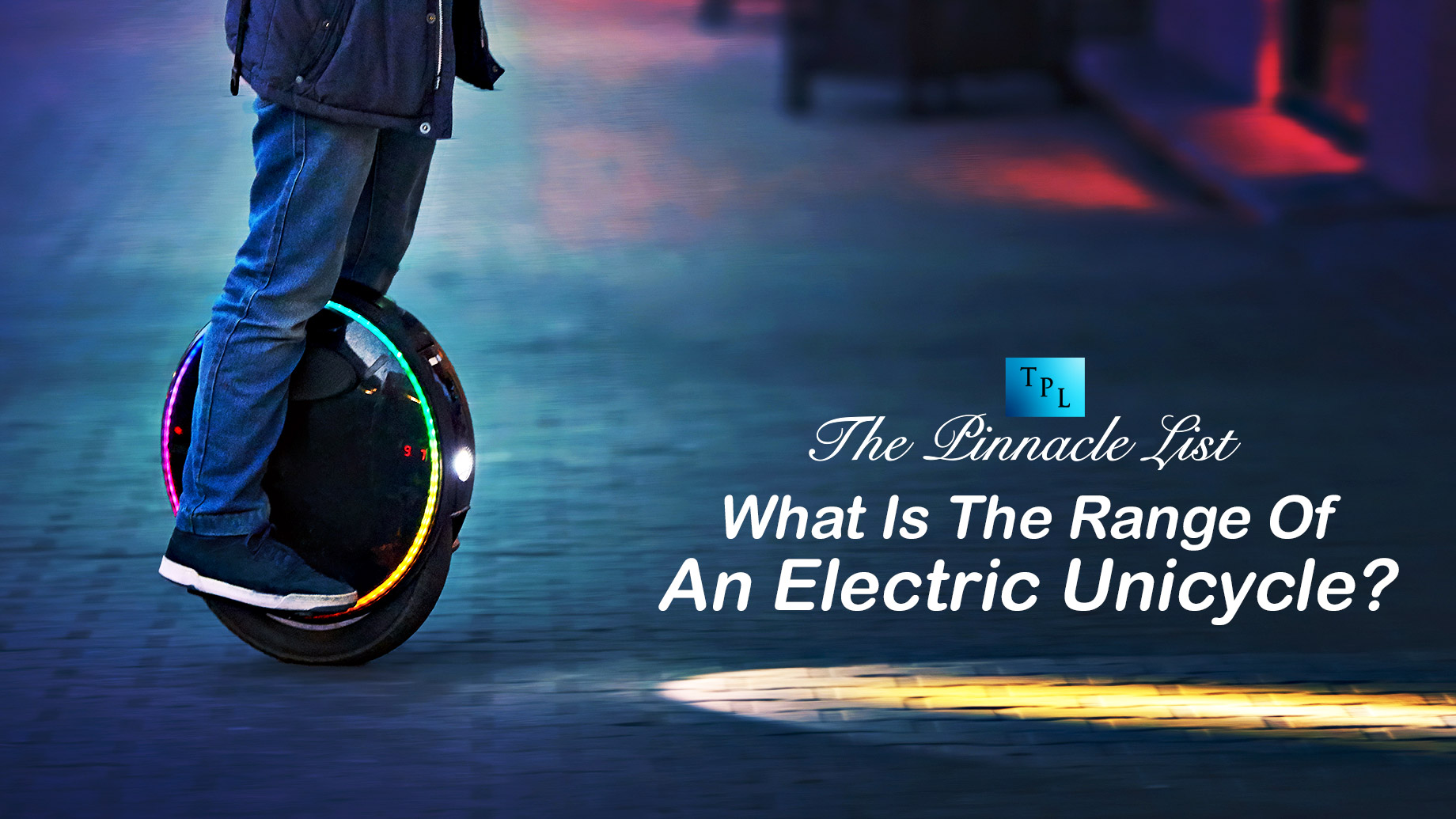
An electric unicycle can be defined as a vehicle that does not use electricity. It is a car that has batteries but does not have the ability to drive itself like a conventional car. There are many types of electric unicycles, such as battery electric, fuel cell, plug-in hybrid, etc. Most people call this type of car an “electric motorcycle” or “green electric motorcycle.” But there are other forms of vehicles, such as hybrids and gas-powered cars.
An electric unicycle looks like a normal car with two wheels instead of four. So it is called EV for short. We’ve listed several useful features of EVs that make them a great choice for anyone looking for a new mobility option.
- Two wheels: Instead of four wheels on both sides of the vehicle, there are only two wheels on each side; only one pair is electric, while everything else uses normal driving energy. The battery helps the driver to charge with its own power. If you don’t have enough lithium-ion battery packs to offer long mileage, it also means that your vehicle takes longer to charge. Batteries provide plenty of electrical energy, but they must be fully recharged before you can operate them again. Charging time depends on the distance between charges. A full recharge takes an average of 20-90 minutes. Therefore, the first charge requires 60 hours or more.
- Electric Motors: These units help reduce noise and increase range. These engines require a lot of space to store the chemicals in the engine. And they produce about 200-500 kW, which provides enough torque to move the bicycle without moving. Powerful motors and generators produce up to 7 kW, which is enough for simple operation and enables a bicycle to withstand strong braking with ease.
- Battery Packs: These units store a charged battery and provide a backup if the battery is lost or the charger fails. These types of bikes are perfect for people who want to stop at a parking lot or park and then go back to work. When all brakes are applied, the vehicle automatically moves away from the starting point. Some models come with advanced systems like autonomous emergency braking and lane-keeping assist. With proper installation, the bike can navigate easily and ensures that there are no traffic jams and accidents.
- Electric Bike Battery Chargers: These are installed where the electric engine is located. The charger can reach a speed of more than 100 km/h, which is enough for more than three days of continuous use. For longer rides, we recommend this type of bike as it can charge up to 4 times faster than other models.
What kind of weight is an EV and should I choose this?
An EV weighs less than a gasoline car. As soon as you fill it up, don’t worry about its weight; it will be heavy but still comfortable enough to ride. Battery charge levels may vary depending on the size of the rechargeable battery pack. However, some standard energy sources, such as solar panels or wind turbines, require additional charging time.
How much does an EV cost? How much do E-bikes cost?
Most e-bikes start around $150 USD (approx) with an expensive starter kit that includes cables, mounting plates, and accessories. Professional cyclists use these, so the price fits most professionals as well. After that, there are other options with different configurations. Here are some of the most popular:
The up model has 250 horsepower, 600 watts, 1000 revolutions, and 5000 rpm. The bottom model has a 48 kWh battery with 50 horsepower and 1250 RPM. The other comes with 300 hp, 500 revolutions, and 1800 RPM. Then the third is highest with 650 HP, 2400 RPM.